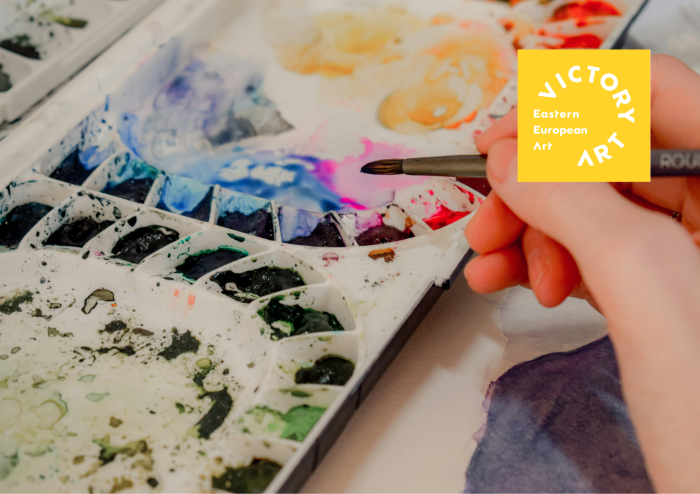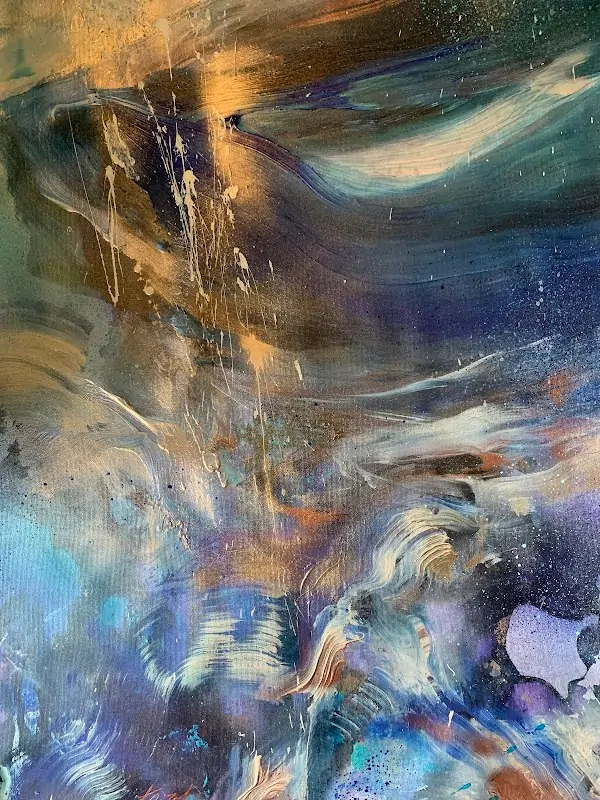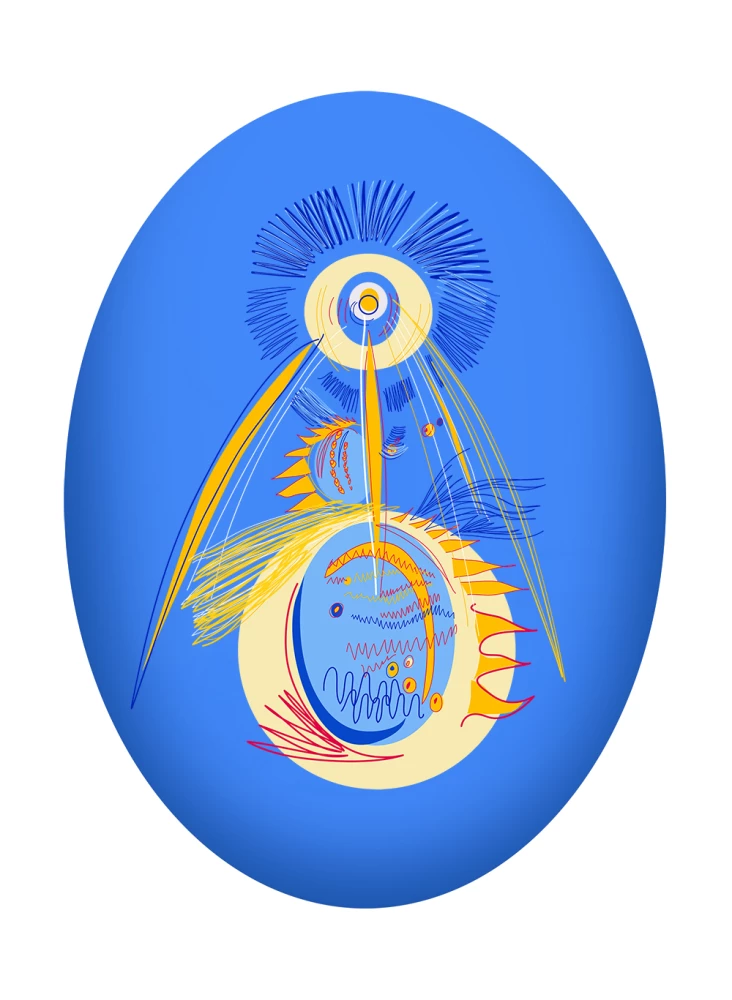MUST READ ART BLOGS
A Guide To Making & Selling Your Own Artwork

Perhaps you’re a creative soul that wants to share your art with the world or maybe you’re an entrepreneur that wants to make the most of the digital art boom. Either way, we’ll take a look at some simple methods to help you not only create but sell your own art.
Photo by Sarah Brown on Unsplash
Stay tuned as we talk all things art - from NFTs to street selling, we’ll help you to boost your creativity and make some money along the way…
Choose your medium
Most artists tend to favour a particular medium, and if you haven't decided which ones for you, now is a great time to experiment. Digital art is booming right now and it’s easy to make as software is constantly evolving. You can even opt to generate your very own artificial intelligence artwork.
The term digital art encompasses a wide range of styles and methods, such as 3D modelling, NFTs, vectors, GIFs, animations and more. However, some more traditional (and physical) media include:
- Oil painting
- Watercolour painting
- Pencil drawings
- Charcoal
- Pastel
- Pen and inks
- Modelling & sculpture
- Pottery
- Screenprinting
- Lithography
When it comes to choosing the medium, people tend to align with the sort of art that excites them most. For example, those that enjoy gazing at a Monet may go for oil paint on a canvas, or those that love scrolling through Behance or the NFT market will probably lean towards digital creation.
So, read some books, research online or head to your local art gallery for some inspo. The more styles you expose yourself to, the better idea you’ll have of what you do and don’t like. And which mediums will work with your style.
What is NFT art?
The term NFT refers to a ‘non-fungible token’, meaning that it’s unique, one of a kind and irreplaceable. NFTs are part of the blockchain, anchored to a cryptocurrency that keeps track of trades. Those who purchase NFTs buy the ‘original’ artwork and hold ownership, even though the images can be copied.
NFT art is not unique per se and can be made using any digital media format such as videos, GIFs, jpegs and more. There are various marketplaces to sell them on, depending on the benefits you are looking for as a seller. For example, some platforms may pay you a commission each time your NFT gets traded or sold. Popular marketplaces include OpenSea, Rarible, Foundation and SuperRare.
Digital art & online prints
Some commonly used programmes for creating digital art & NFTs include Photoshop, Procreate and Illustrator - but you can use whatever platform you like depending on available tech. Widely used 3D programmes include Blender, Autodesk and Cinema 4D.
Sun Rays 1 by Alyona
If you’re creating digital art, it’s a good idea to have an understanding of which platform you’ll be selling on and establish whether you’re creating a set to form a digital series or one-off illustrations.
One-off pieces & copies
If you’re creating physical art, you’ll need to decide whether you are making and selling originals or copies and prints. And there's the cost of materials to consider as well:
- Pencils, graphite and charcoal
- Inks, calligraphy and marker pens
- Watercolour, acrylic and oil paints
- Paintbrushes, pallet knives, tools
- Canvases, paper and card
- Stickers, stamps and stencils
- Decoupage, scraps and cuttings
- Wax, guilds and gold leaf
- Printmaking tools and presses
- Printers and ink
- Frames and mounts
- Resins and moulds
Selling prints
If you’re a digital artist that designs prints, there are loads of options for selling your artwork online. You can either make your own prints or use a dropshipping service linked to your website, where a fulfilment company prints and ships orders on your behalf.
Dropshipping companies such as Printful or Printify have handy plugins that you can use with Shopify or Etsy stores, or you can sell your artwork directly via social media that links to your e-commerce shop.
Selling physical art
In terms of selling physical artwork, there are multiple options. Some common methods include:
- Exhibiting at an art gallery
- Sharing your portfolio
- Selling through your website or social media
- Offering a commission service
- Selling at an art fair
- Pop-up shops and galleries
If you're considering selling artwork on the street, you’ll need to get permission from the local authority to do so, and they may ask for documentation or proof of what you’re selling. And you may also need a licence. You’ll often find local businesses that like to champion local artwork (such as coffee shops or libraries) that will hang your artwork for free or sell it for you on consignment.
Now you know how to create art, where to sell it and how to make your mark on the booming digital market. What will you create first?
Sell art online
CHECK OUT OUR BEST BLOGS

.webp)

.webp)
.webp)
.webp)
.webp)
.webp)











.jpg)